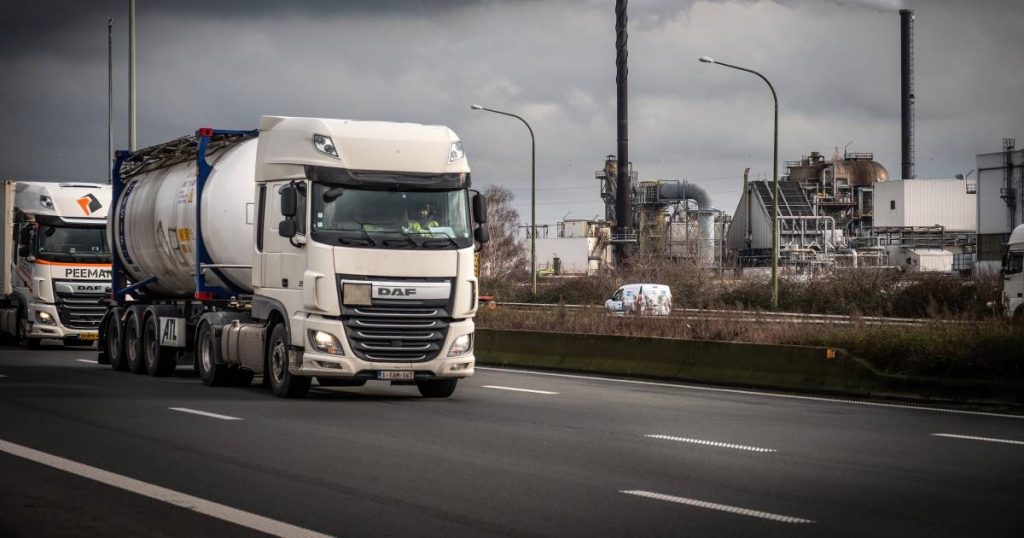Carbon dioxide emissions from the EU energy sector decreased during the first half of 2021 compared to the first half of 2019. However, worldwide carbon dioxide emissions have increased. This is evidenced by a study by Ember, an independent British think tank focused on climate and energy topics. According to Ember, the recovery after the Corona pandemic is not going in the right direction.
Ember analyzed electricity production in 63 countries, which represents 87 percent of global electricity demand. The study compares the first half of 2021 with the first half of 2019, to map the evolution of the energy transition since the Corona pandemic. The energy transition is the transition from the current energy system, which is still largely dependent on fossil and nuclear energy sources, to energy from renewable and decentralized energy sources.
Global emissions from the energy sector increased by twelve percent, compared to the decline in the first half of 2020. After all, that period was marked by the outbreak of the Corona pandemic and the shrinking of the economy. Global emissions for the first half of 2021 are 4.75 percent higher than those for the first half of 2019. The global demand for electricity has therefore increased by five percent compared to the period before the COVID-19 pandemic.
Wind and solar energy production
Wind and solar energy production became more important and accounted for more than ten percent of the world’s total energy production for the first time. For example, the production of wind and solar energy exceeded that of nuclear energy, but that was not enough to meet the growing demand for electricity: coal was increasingly used, which was very polluting. This was particularly the case in Asian countries such as China, where demand for electricity and emissions from the power sector increased by 14 percent, as well as Bangladesh, India, Kazakhstan, Mongolia, Pakistan and Vietnam.
Read more below the image:
“High-speed power transmission is essential”
“A rapid energy transition during this decade is essential to limit global warming to 1.5°C. This energy transition is underway, but without much urgency: greenhouse gas emissions are heading in the wrong direction,” said Dave Jones, Director. Ember.
The European Union is not the worst student in the class: during the first half of 2021, emissions from the energy sector were about 12 percent lower than they were during the first half of 2019. Coal power production fell 16 percent, while production of wind and power wind. Solar has increased by 9% and now accounts for 20% of energy production in the European Union. Ember says the share of green energy is not increasing fast enough to meet European targets.
For Belgium, the study found that energy sector emissions and electricity demand remained stable during the first half of 2021 (with increases of 0.31 percent and 0.06 percent, respectively), compared to the first half of 2019.
Unlimited free access to Showbytes? And that can!
Log in or create an account and never miss any of the stars.

“Total coffee specialist. Hardcore reader. Incurable music scholar. Web guru. Freelance troublemaker. Problem solver. Travel trailblazer.”








More Stories
Bitcoin price rises after new jobs data from US
European stock markets open higher | beursduivel.be
Russia’s oil imports to China decline